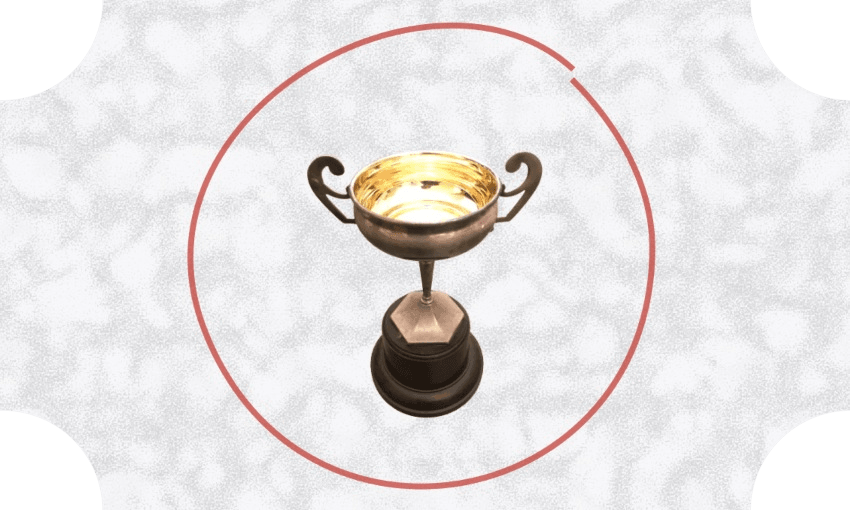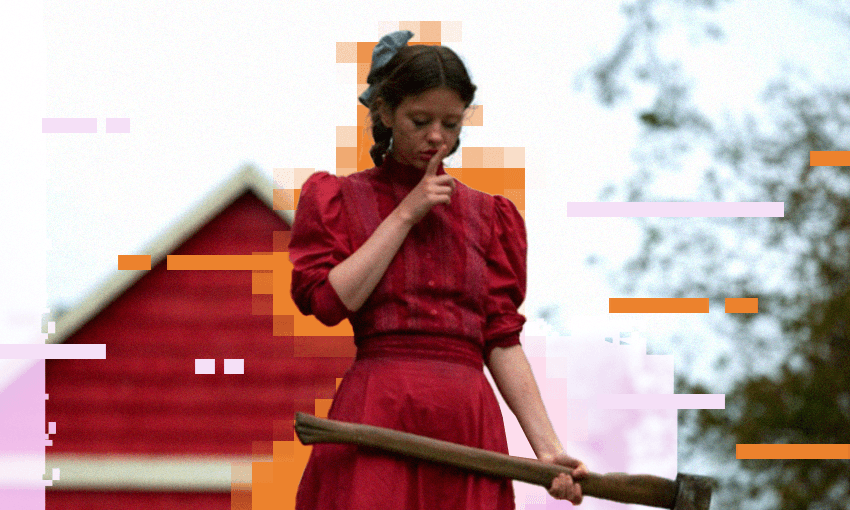As arcane as it is engrossing, competitive circle drawing has built a global fandom that borders on obsessive. And its global showpiece is about to be staged in Wellington.
Le cercle, ça tourne. Almost everyone has heard the aphorism, but few could immediately pinpoint its origin. The words were first spoken by Guillaume Rondhomme on November 10, 1799. While the cinders of the French Revolution still glowed, Monsieur Rondhomme gathered compatriots to mark victory through the truest symbol of revolution: the circle. It was not the first example of competitive circle drawing documented by historians, but it remains the most famous. Tourists to this day crowd in human circumference around the pegged out Parisian relics of 18th and 19th century contests just off the Place de la Concorde.
The essence of the sport, for the uninitiated, is simple, if anything but straightforward. Draw a circle, by hand, as swiftly and smoothly as you can. According to a strict set of criteria, which have varied over time but are these days standardised under FICA rules, points are awarded for (a) technical ability, (b) artistic merit, and (c) speed. (Pace is important but not the be all and end all; 12 seconds is considered swift.) Competitions, including the World Circle Drawing Championship (WDDC) typically proceed as a round robin followed by a series of knockout rounds that lead to the top of the curve: the grand final.
Like a Zorb – Le cercle, ça tourne – bouncing from hill to valley, the pursuit rose and fell and then rose again. After half a dozen efforts to standardise the rules, including one aborted effort to merge with Gaelic football confederations, the World Circle Drawing Championship (originally the World Circle Drawing Cup) was inaugurated in 1976. Several decades on, following a concerted effort by local organisers and a disappointing lack of governmental support, the pinnacle of circle drawing is coming to Wellington. All irises will be on the Dom Polski Club in Newtown, where a who’s who of international competitive circle drawing will round on one another on Friday June 16 as part of the Loemis Festival.
It might be the first time the event has been held in New Zealand, but we are no strangers to the sport. Graeme “360” Powell dominated the amateur era of the sport from the late 1970s to the late 1980s. Boasting eight world titles, or “big hoops” as they were then known, Powell’s success was such that he withdrew from domestic tournaments to encourage young New Zealander circlers to taste success. Were it not for a fear of flying that limited his attendance in his later years (“if it isn’t moving on wheels, it doesn’t make sense to me,” Powell is reported as saying), the record would no doubt have swollen further. At some point he presumably died, as we all will, most likely.
Another factor may have dimmed Powell’s enthusiasm for the global leagues. A series of scandals involving doping rings, debate about whether it is “really a sport”, underhand tactics (a number of participants have been barred from official competition after being exposed as using orbital magnets or global positioning systems) have rocked circle drawing circles. A year-long committee of inquiry led by the European Union in consultation with the Court of Arbitration for sport led to an overhaul of the Fédération Internationale de Cercle Association, the expulsion of several nasty bastards and a standardisation of stationery.
The 2023 championships will be hosted by Lance McMahon. Credited with transforming the sport in the early 1990s, McMahon is best known by most for refusing to circle-draw unless Hootie & the Blowfish are playing on the stereo or, though it is “not as good”, on headphones, but it is his blend of pace and cadence on the home arc, the final 90 degrees, that once had purists gushing. Leading the judging panel is Toni Hardling, the nine-time intercontinental champion who shocked the circle word by coming first and second (right and left hand) in the St Petersburg Invitational.
One of the many selling points of the sport is its accessibility. Anyone can take part in the competition this coming Friday. Bowl up with your own drawing implements and sporting attire if you like. Alternatively, organisers have boxes of the stuff for people of all size and grips.
Live Music comes from Dayle Jellyman and Mike Jensen, with Rob Sarkies on lighting, and Duncan Sarkies heads up Geometric Shapes Research and Consultancy. More details are here.
Le cercle, ça tourne!






